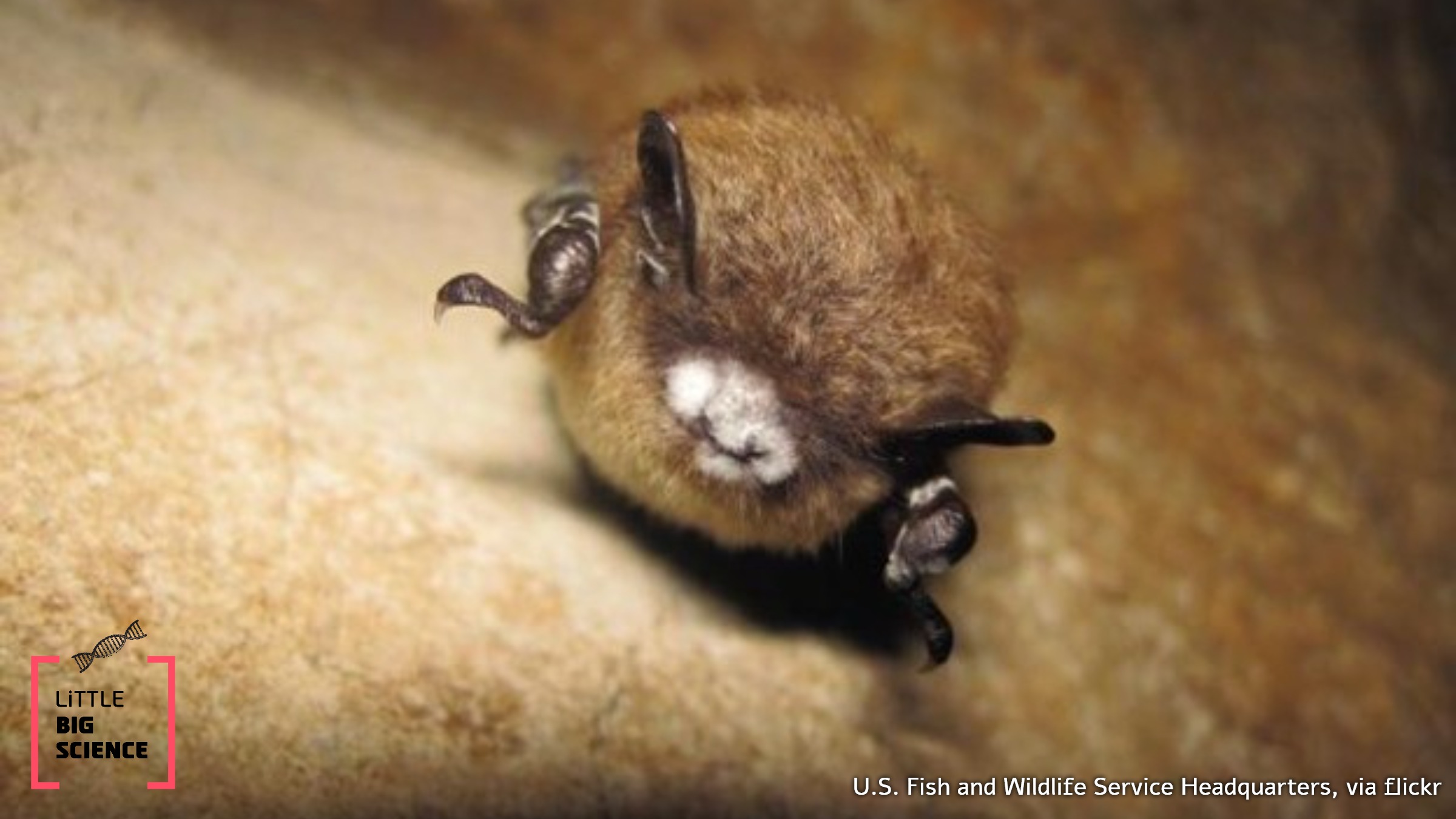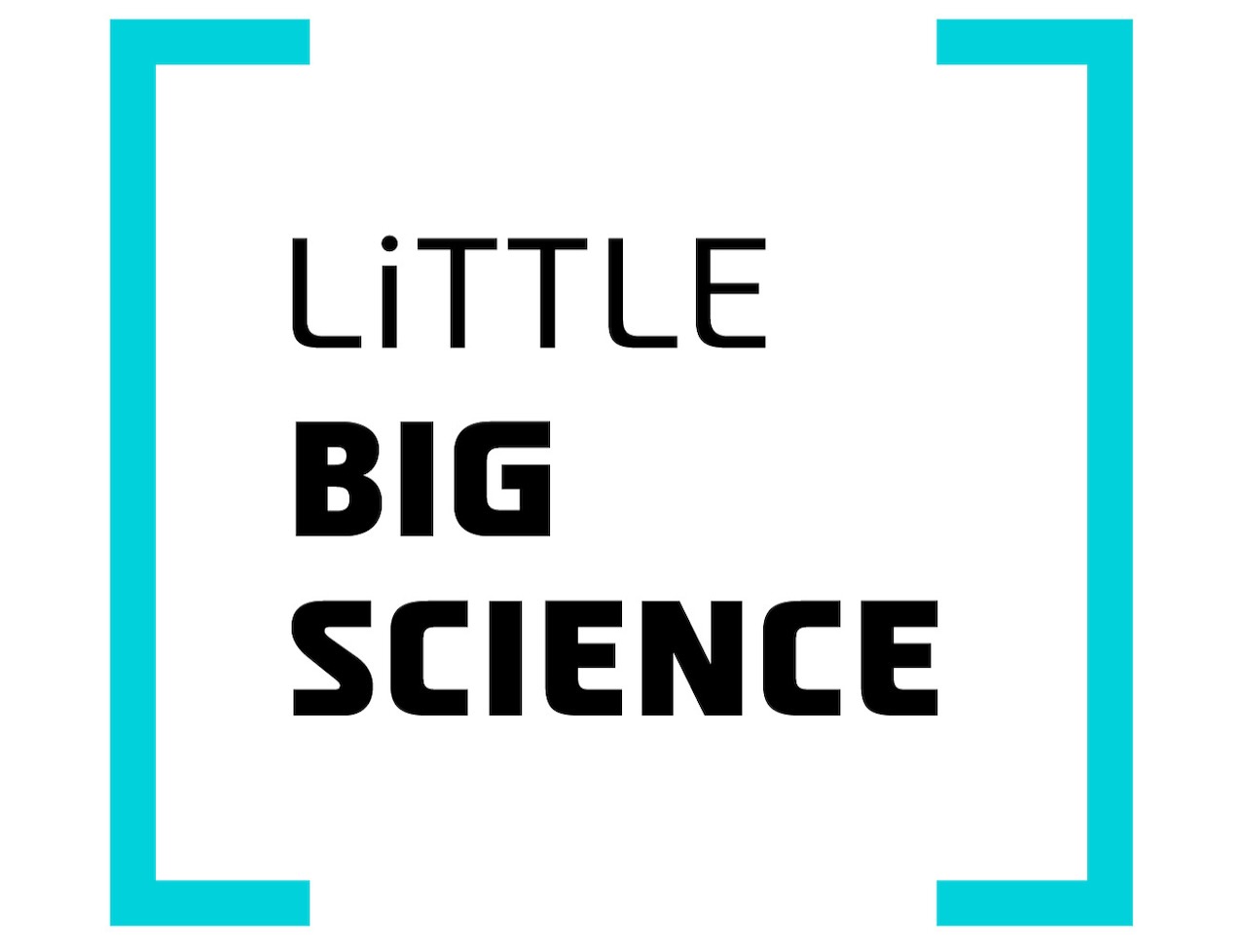
For nearly twenty years now, caves in North America have been plagued by white-nose syndrome, a disease that kills millions of bats during their winter hibernation and destabilizes entire ecosystems. Biologists attributed the disaster to a single fungus and devised a plan to eradicate it. A new study reveals that the picture is far from simple: the suspect fungus is not a lone organism but two visually similar yet genetically distinct species - each with its own unique evolutionary history and preferred victims.
Advertisement
White-nose syndrome gets its name from a white-gray layer of fungal spores that appears on the muzzles and wings of bats. This disease affects bats during their winter hibernation, causing skin lesions and severe irritation. The bats repeatedly wake from torpor, which depletes their fat reserves needed to survive the winter. Eventually, the affected bat will eventually die of starvation or hypothermia. Evidence shows that the disease is present in Europe and Asia, though it is far milder than in North America, where entire colonies have collapsed within a single winter. The North American victims include the little brown bat (Myotis lucifugus), the northern long-eared bat (Myotis septentrionalis), and the tricolored bat (Perimyotis subflavus). Other protected species, such as the Indiana bat (Myotis sodalis) and the gray bat (Myotis grisescens), have also suffered significant losses. Some colonies have declined by roughly 90 percent or more within just a few winters. Until now, researchers assumed that a single agent was responsible: Pseudogymnoascus destructans, a cold-loving fungus that can thrive at refrigerator temperatures (and which has also been found in Israel [1]).
It is particularly important to eradicate this fungus because bats play a key role in ecological networks, and harming them can have a disruptive effect on the entire ecosystem. There is also a direct economic impact: in North America alone, it is estimated bat activity saves farmers at least US $3.7 billion a year in pest control costs, thanks to the trillions of insects that bats devour on summer nights [2]. A recent study published in the prestigious journal Science showed that, when bat colonies collapsed due to white-nose syndrome, farmers compensated by increasing their use of insecticides by approximately 31 percent. This increase in pesticide use is linked to an average rise of about 8 percent (!) in infant mortality in the affected rural areas [3]. Colony loss therefore means more crop pests, more chemical spraying, and indirect harm to predatory birds, pollinating insects, plants, water sources, and human health.
An international research team, led by Dr. Nicola Fischer from the University of Greifswald (Germany) and Dr. Sebastian Puechmaille from the University of Montpellier (France), carried out a study aimed at expanding our knowledge of the white-nose syndrome pathogen. The team reported in the prestigious journal Nature [4] that the fungus Pseudogymnoascus destructans is actually two distinct species: PD-1 and PD-2. These species diverged around 750,000 thousand years ago, yet still coexist in cold caves (7–8 °C).
In order to understand how two distinct species had escaped scientific notice, scientists and volunteers assembled an unprecedented sample collection of 5,479 samples from bats, cave walls, and cavers’ equipment. These samples were collected from 264 winter sites across 27 countries, primarily in Europe, but also in Asia and North America. Each sample was tested for 18 genetic markers. These markers are short, rapidly mutating DNA sequences that are used as “barcodes” to determine the relatedness of different species. Selected specimens also underwent whole-genome sequencing when funding was available. When the data were arranged by genetic similarity, the ostensibly single fungus split into two distinct species. The researchers were even more surprised when they examined which bat each fungus species prefers. PD-1 was found primarily on the greater mouse-eared bat (Myotis myotis) and the lesser mouse-eared bat (Myotis blythii), whereas PD-2 was mainly found on Daubenton’s bat (Myotis daubentonii). According to the findings, this host preference is not obligatory and a few rare host-switch (“spill-over”) infections were documented. This suggests that host preference likely acts as a partial barrier to gene flow between the two fungal species, meaning they barely interbreed and thus do not “mix” hereditary traits.
This distinction enabled scientists to trace the origin of the North American outbreak. Every sample from across the Atlantic Ocean matched a specific PD-1 lineage from the Podilia region in western Ukraine. This area is home to some of the world’s longest maze caves and is extremely popular with American cave divers. It is likely that the fungus crossed the Atlantic not on bat wings but rather on ropes, boot soles, and other caving equipment brought by those visitors, who were unaware of the contamination. By contrast, PD-2, has not yet made the transatlantic jump. It is difficult to assess the potential risk if it does, but perhaps the most vulnerable bat species have already been affected. The North American bat species most at risk are those that form large winter colonies, so an additional fungal species might not cause substantial extra damage. However, there is a risk that PD-2 could still affect colonies that are currently showing signs of partial recovery or emerging resistance to PD-1, as well as species with different host patterns. The research team recalls the lessons of the chytrid fungus (Batrachochytrium dendrobatidis), which has driven amphibian extinctions worldwide [5]. Taking preventive action is far cheaper and simpler than battling an invasion and outbreak.
The discovery of two distinct fungal species is a game changer. On-site PCR tests must now distinguish between PD-1 and PD-2. In addition, the previously tested vaccines and probiotic sprays (mixtures of Pseudomonas fluorescens bacteria that inhibit the fungus) [6] against PD-1 must be reevaluated against PD-2. Furthermore, the disinfection guidelines for caving equipment across Europe should be adapted immediately, although no binding international plan has yet been issued. Initial assessments suggest that current chemical measures are effective against both species, but this must be validated.
This case is reminiscent of the emergence of other fungal pathogens, ranging from the chytrid fungus that affects amphibians to Candida auris, which poses a health risk to hospitalized patients. In an interconnected world, a hidden biological diversity among pathogens can determine whether an outbreak fizzles out or becomes a disaster. Although the two fungal species may respond identically to disinfection, accurately identifying them is crucial for epidemiological tracking, assessing invasion risk, and refining conservation efforts before it's too late.
This study is a splendid example of "citizen science". The discovery would have been impossible without the contributions of a vast network of volunteers, biologists, wildlife officers, and cave enthusiasts, who provided samples and field data. This collaboration, spanning from Belgium to Mongolia, demonstrates how citizens can assist decision-makers, scientists, and conservationists, in investigating, understanding, and potentially preventing the spread of microscopic disease agents.
Featured image: A bat with white-nose syndrome in Great Smoky Mountains National Park. Image credit: U.S. Fish and Wildlife Service Headquarters, via flickr
Hebrew editing: Smadar Raban
English editing: Gloria Volohonsky
References:
[1] Presence of the fungus in Israel.
[2] The economic importance of bats to agriculture
[3] The Science study linking bat-colony collapse to infant mortality
[4] The original paper in Nature
[6] A bacterium isolated from bats inhibits growth of the fungus that causes White-nose syndrome







